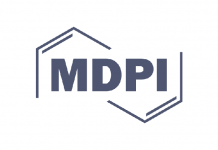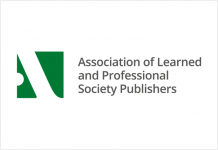
Taylor & Francis has taken a significant step in reducing unnecessary plastic use with the introduction of paperwrap for journal print copies mailed in the UK.
Paperwrap, a relatively new packaging technology, has become more common in recent years, but is typically most suited to publications with very high print runs. Taylor & Francis’ Global Supplier Team spent several months investigating how it might be applied to academic journal print runs, which included rolling out live trial mailings to colleagues around the world to test how the journals could be packaged, and whether there was any impact on the speed of mailing or damage to the journal in transit.
Unlike paper envelopes, which can often be torn in transit, paperwrapped journals consistently reached their intended recipient with little or no damage. It also enabled the insertion of additional materials, such as flyers, whilst complying with global shipping standards.
To further minimize environmental impact, the paperwrap used is either FSC® (Forest Stewardship Council) or PEFC™ certified (Programme for the Endorsement of Forest Certification), meaning that the paper either comes from responsibly managed FSC-certified forests or is made from at least 70% wood that meets or exceeds the PEFC Sustainability Benchmark Requirements.
Paperwrap will now replace all other packaging for almost all UK journal mailings, eradicating plastic use, with other global regions soon to follow.
Rebecca Yorke, Director of The Brontë Society and Brontë Parsonage Museum, whose journal Brontë Studies was involved in the test mailings, commented: “We are committed to reducing our environmental impact at The Brontë Society, so we were thrilled that Brontë Studies was chosen for the paperwrap trial. Posting journals using responsibly-sourced paper packaging is the perfect replacement for plastic. I’m very excited that paperwrap mailings are going to be continued and expanded.”
Stewart Gardiner, Global Production Director at Taylor & Francis, added: “According to the UN Environment Programme, it is estimated that 75 to 199 million tons of plastic is currently found in our oceans. Shrink wrap, the type of plastic used in mailings, is one of the single-use plastics which contribute to this waste entering our ecosystems. Taylor & Francis is delighted to have reached the milestone of eliminating plastic from journal mailings, making a significant reduction to our environmental impact.”

























